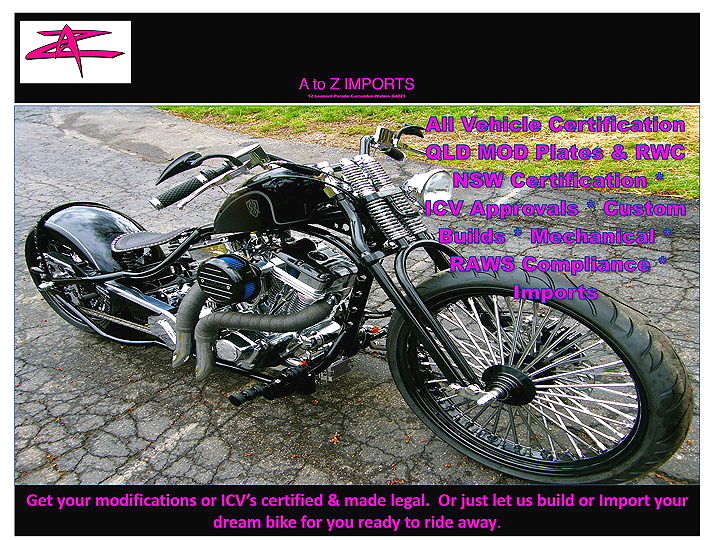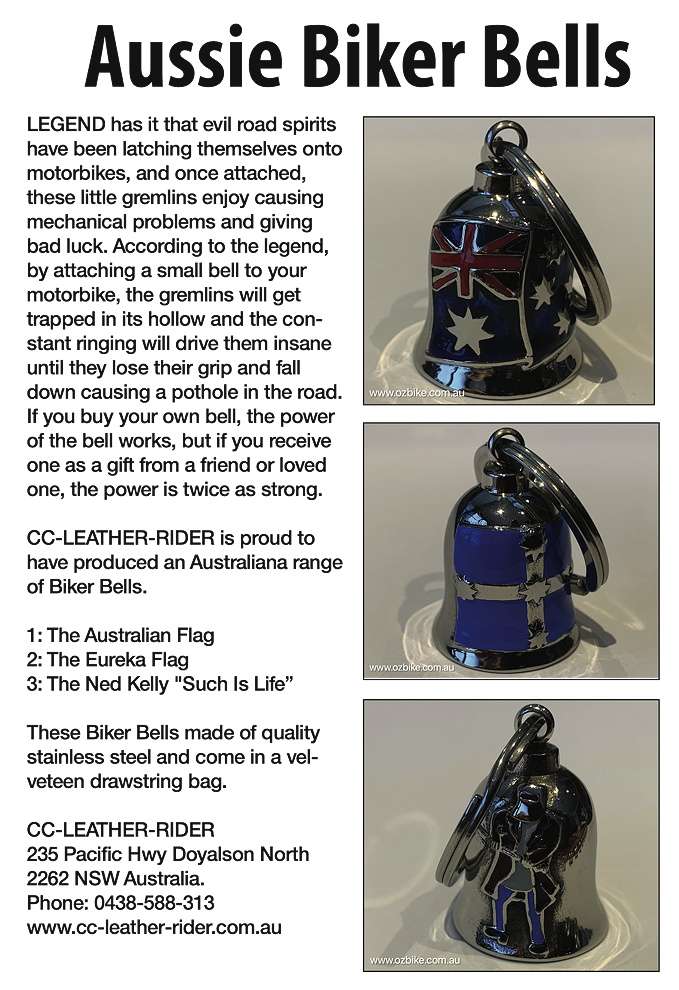Serious Race Cams for the 45 ci Side-Valve WLA
When it comes to high performance mods, no other brand has access to as many high performance replacement cams as the Harley-Davidson motorcycle.

BACK when Panheads ruled the roads, Tom Sifton manufactured new solid lifter cams in a variety of grinds to suit the early hot rods. These were no nonsense cams ground specifically for mechanical tappets. Sifton also ground cams for the OHV Sportsters as well as Knuckleheads and a nicely prepared Sportster with a set of Sifton PB+ cams was a potent machine in its day.
When Shovelheads became the latest and greatest, Andrews Cams came onto the scene. Andrews ground cams for every occasion with ultra mild J and H grinds for guys who liked to retain their hydraulic tappets through to monster solid lifter cams for big capacity drag bikes. He also made (and still does make) custom grinds for special one-off engines.
By the time the Evolution engines came along, the range of cams and related parts were incredible. Andrews, Sifton, S&S, Crane, Redshift, and Leineweber to mention just a few, were all grinding cams for these engines. The range was extraordinary with all sorts of grinds to suit all capacities and compression ratios.
In 1999 Harley introduced the Twin Cam engine, the first OHV Big Twin since 1936 to use multiple camshafts. With one camshaft for each cylinder, the layout is very similar to the Two Cam engines built in the 1920’s. The two camshafts in the 1999 to 2017 H-Ds were chain driven, although the aftermarket cam grinders now offer gear-driven cams for high performance applications in a huge range of grinds.

More Power to the 45 cubic inch WLA
With the little 45 inch side-valve engines, all sorts of techniques have been tried to come up with high-lift cams to boost their performance. The most common method was to grind the base circle or heel of an existing cam. By lowering the base, by comparison, the lift would be greater. This definitely worked although the profile of the cam was very limited. Another common method to increase lift as well as duration was to weld up the old lobes and start again. Ivan Tye, an Australian cam grinder, uses this method to produce high performance cams for these engines with good results.
Unfortunately, nobody offers complete cam kits for these engines mainly due to the expense of producing the gear train on which the cams are mounted. Four separate camshafts with integrated gears are required to complete a cam set.
The best method of producing a serious set of race cams for a competitive machine is to remove the original lobes from the camshafts and replace them with a new, purpose-built set of lobes. Cam grinding legend, Jim Leineweber from California, USA, grinds these lobes for Redgrave Motorcycles from his vast file of grinds gathered over many years. He is able to duplicate many famous cam grinds used during the heyday of the racing sidevalves.
1969 Daytona was won by a KR Harley-Davidson using basically the same cam layout that we are speaking about in this article, an amazing feat considering overhead valves had been around for decades.
We will go through what is required step by step to produce a set of these outstanding cams.
A complete set of original cams will be needed as a starting point, ideally something with good gears and journals and damaged lobes that can no longer be used in a stock engine.

A perfect starting point, a cam with a badly damaged lobe but good gear and journals.

The lobe can now be cut off with a fine cutting disc leaving enough material to clean-up the gear in the lathe.

A discarded set of early welded up cam lobes.

The next step is to accurately machine the gear to accept the new lobe. With careful measuring and machining, the original length of the camshaft will be re-established when the new lobe is pressed into position.

With this particular engine there will be a slight difference in the timing and lift between the inlets and exhausts so the lobes must be matched up to the correct gears.
Harley number these cams from the rear of the engine. Number 1 is the rear exhaust, number 2 the rear inlet, number 3 the front inlet, and number 4 is the front exhaust.
For the technical minded the cam specifications are as follows: The inlet valve lifts a total of .420” opens @ 57 degrees before top dead centre and closes @ 61 degrees after bottom dead centre. The exhaust valve lifts a total of .380” opens @ 60 degrees before bottom dead centre and closes @ 32 degrees after top dead centre.
The exact opening point of any camshaft is very difficult to pinpoint so all the above figures are taken @ .010 lifter rise; all cam manufacturers use this method of calculating opening and closing of cams.

Comparison between the new lobe and the old one. Number indicates that this is rear exhaust cam and the 38 is the lift.

Pressing on the new cam lobe, in this case the # 4 cam, front inlet.

New lobes installed ready for trial run.
Initial placement of the lobes is an educated guess marked out with felt pen from an original set of cams. The cams will now need to be timed and installed in the engine to have their opening and closing degrees checked.

The set-up required to degree the cams is a complete bottom-end with a degree wheel fixed to the sprocket shaft, bare cylinders and pistons; no rings, valve springs or tappet clearances are necessary for this operation. A dial indicator is arranged over the valve/cam to be checked and the degree wheel is set at Top Dead Centre. The procedure will be repeated for the rear cylinder.

The engine is rotated in the direction of operation until the inlet valve opens exactly .010”. We should have 57 degrees BTC on the degree wheel. At this stage the inlet valve is opening two crankshaft degrees late which we can confirm by continuing to rotate the engine and check the closing figure. The exhaust cam can also be checked at this time, then the cams can be removed for minor adjustments and rechecking prior to welding.

At this stage the lobes can still be rotated on the shafts with aluminium jaws and a large wrench if necessary.

When the exact timing is established, the lobe is TIG welded to the shaft using MG600 welding rod.
On completion, these cams are worth the effort with none of the limitations of re-ground or welded-up cams, and all the advantages of modern cam technology and materials; and extremely precise cam timing is achievable with cams being individually degreed.
Redgrave Motorcycles stock an extensive range of cams for all model Harleys. The Leineweber cams for the side-valve engines are special order and need to be ordered well in advance. To discuss your cam requirements feel free to call Richard at Redgrave Motorcycles (02-9484-9900) any time.



I am rebuilding my 41 wl and would like to know what I need to budget for wr cams. This is a bike I built in 76 from swap meet parts, have owned many other Big twins but have held on to my favorite. Please email me price and time frame, thanks
Yes I would to get a price thanks. 912-663-2222 or rltrowell@gmail.com